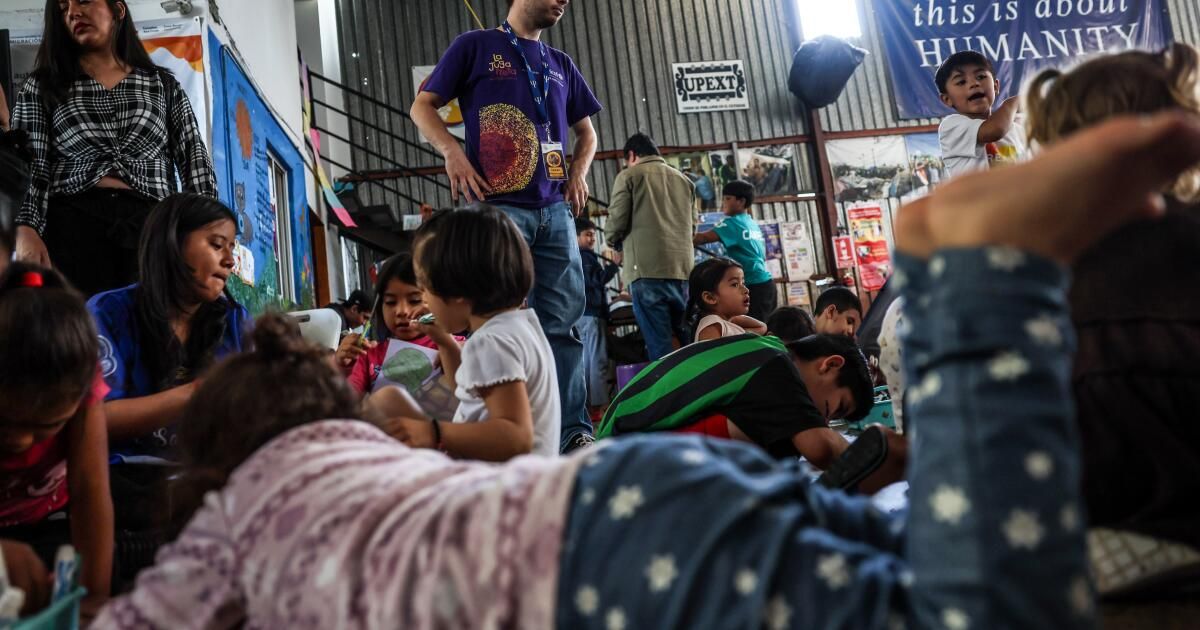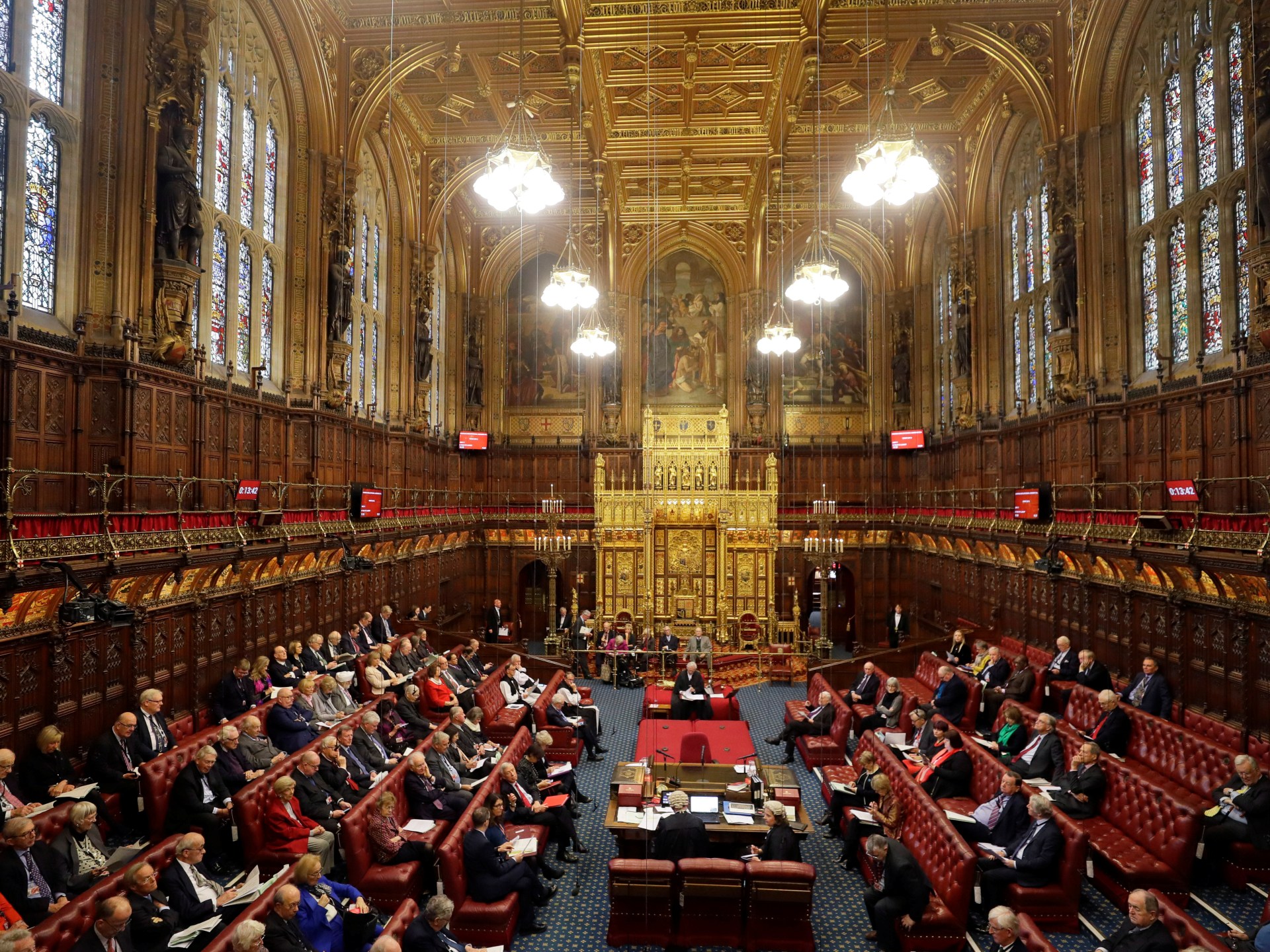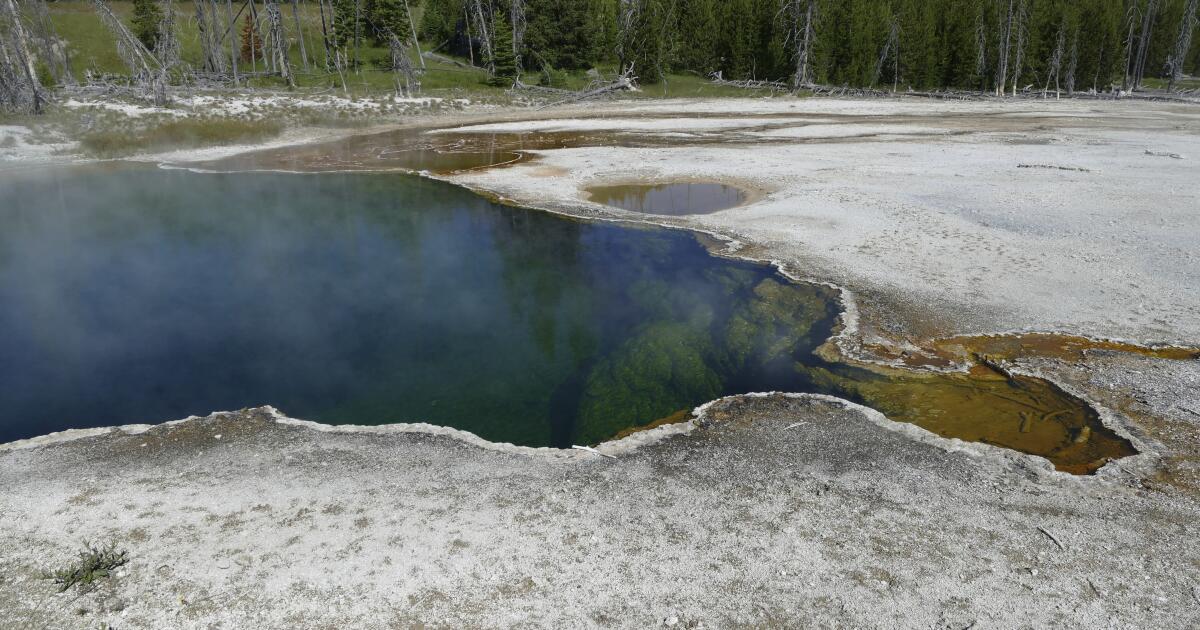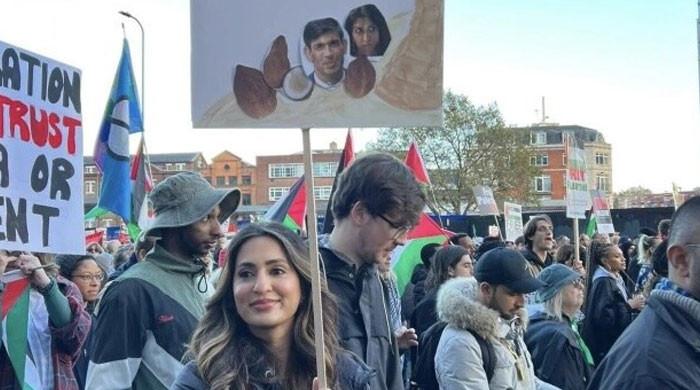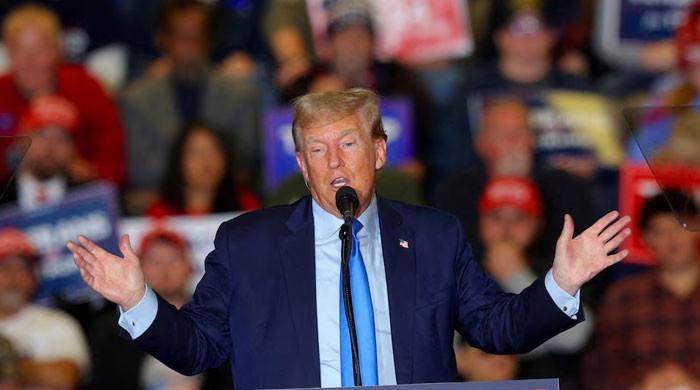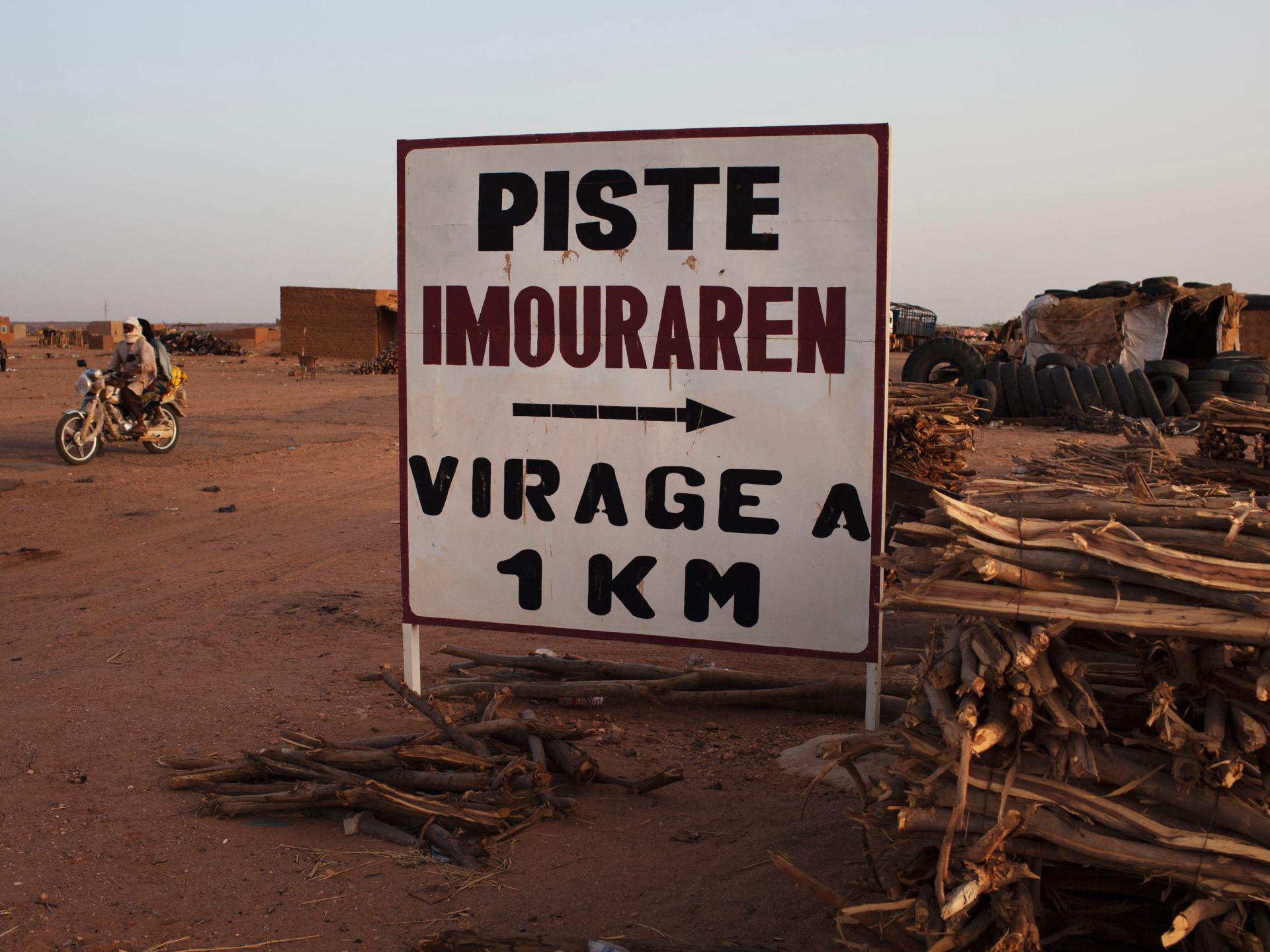Shortly after President Biden's executive order restricting access to asylum went into effect Tuesday night, 50 migrants completed a nine-hour trek through the mountains north of Tecate, Mexico.
They lined up single file against the brush, in a dusty clearing just off Highway 94, and waited for Border Patrol agents to pick them up. The immigrants, a group that included men, women and children from Cuba, Ecuador, China and Brazil, were exhausted, with almost no food or water.
Many had not heard of the order, which raises the legal standard for asylum claims and blocks access for those who cross the border illegally. when the average arrests exceed 2,500 per day.
Lucas Lu, 32, knew this and was worried that he had arrived too late to apply for asylum. The rule goes against American values, he said.
“It's not fair,” he said, sitting cross-legged on the floor. “We risked our lives to get here.”
Asylum seekers wait to board Border Patrol vehicles in Barrett Junction, California, after walking more than nine hours from Mexico to the United States over Mount Cuchoma on Tuesday.
(Robert Gauthier/Los Angeles Times)
The former Chinese hotel manager wore a back sash around his shirt and leaned on a cane. He said that he had suffered a spinal injury while traveling by boat in Panama. Reaching the southern border took him three months.
Lu said he was fleeing authoritarian repression in search of safety, dignity and the ability to speak freely without the threat of prison.
Shortly after 11 p.m., three speeder vans and five other vehicles stopped at the scene.
“Thank God” a woman exclaimed in the dark. “Thank God.”
The agents took out garbage bags and told the migrants to throw away their food and water. One grabbed Lu's staff and threw it into the undergrowth.
“None of this, okay?” he said.
They frisked the immigrants and put them into the vans. Another 45 migrants were coming down the hill, an agent said, in addition to groups of 40 and 90 in other areas.
Before and after the order went into effect at 9 pm Pacific time, the night seemed relatively quiet overall, with many of the crossing sites east of San Diego deserted.
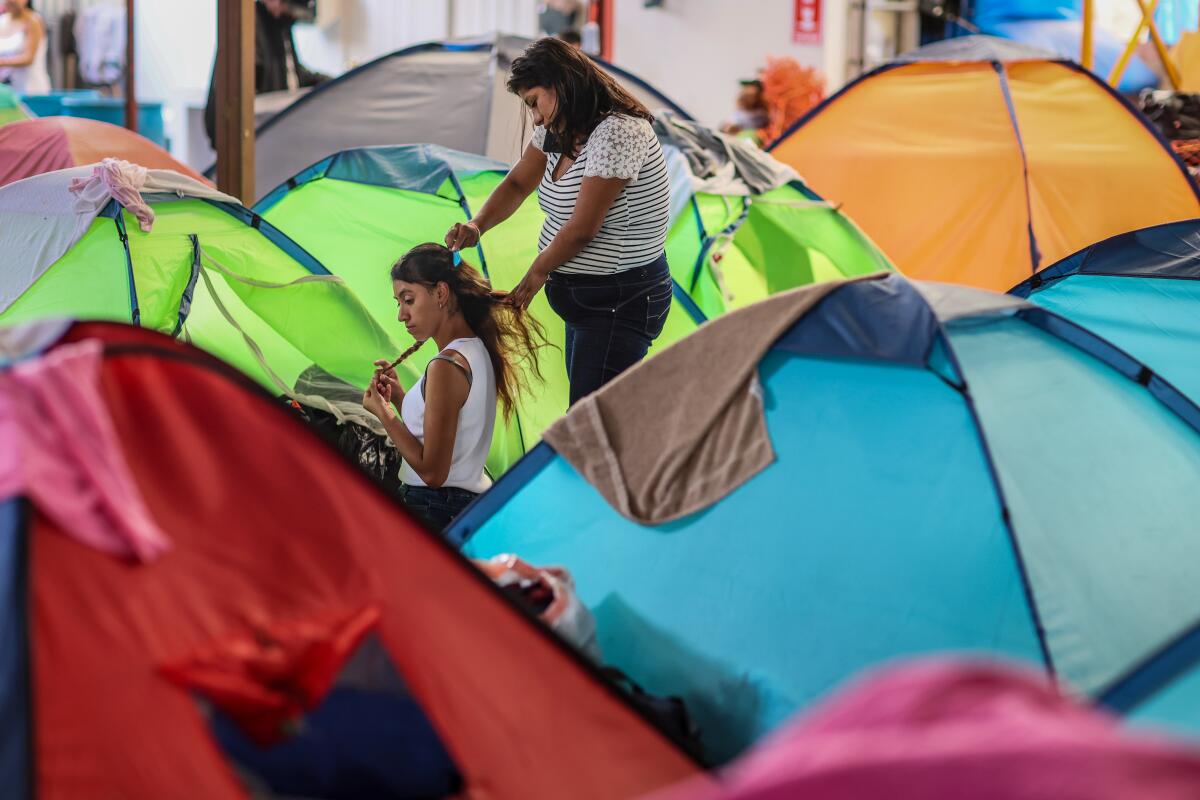
Guadalupe Olinei Razo lets her hair be styled by Alma Tapia of the Oaxaca Movement within Juventud 2000.
(Robert Gauthier/Los Angeles Times)
After migrant arrivals surged, making San Diego the main sector across the border, arrests have slowed again in recent weeks.
But the daily average of arrests among official ports of entry remains above the 2,500 threshold.
During a call with reporters Wednesday, a senior Department of Homeland Security official said the day began with just over 9,000 people in custody who were arrested before the order took effect, on par with the average numbers for the last month. The agency did not see a significant increase in arrivals of immigrants trying to meet the deadline.
The immigrants have since been expelled in accordance with the order, the official said, declining to provide figures. The agency is ramping up its efforts to maximize the impact of the order in the coming weeks.
Immigrants from Mexico can be returned quickly, and the Mexican government previously agreed to accept some immigrants from Venezuela, Nicaragua, Haiti and Cuba. The official acknowledged that it will continue to be a challenge to expel immigrants from other countries, such as China, that do not regularly accept deportation flights.
In Tijuana, José García Lara, director of the Movimiento Juventud 2000 shelter, fears the executive order could cause a crisis as migrants get stuck in northern Mexico.
The shelter, which has capacity for 200 people, served about 60 people daily, García Lara said. In recent days, that number had increased to 100.
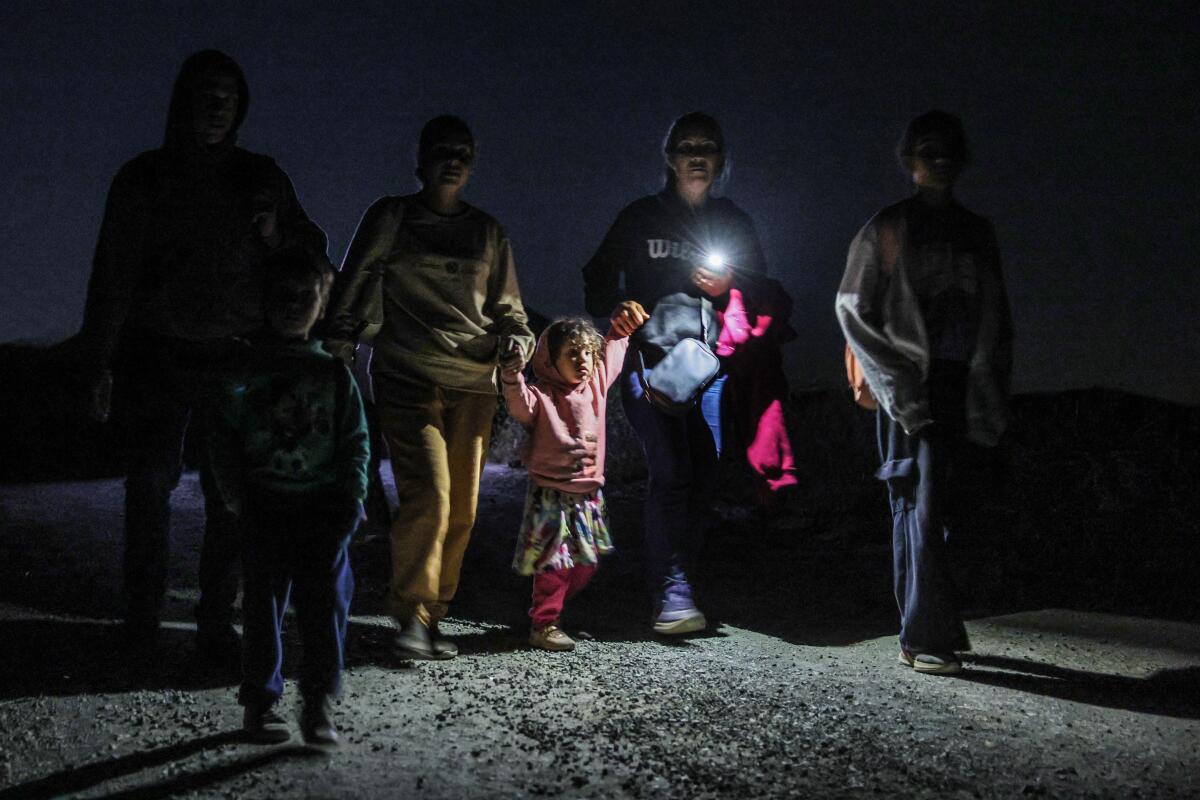
An exhausted family seeks rest after venturing more than nine hours on Mount Cuchoma.
(Robert Gauthier/Los Angeles Times)
García Lara said the number of shelters tends to be low when more people choose to cross the border illegally. Shelter residents are those waiting for an appointment with border agents through the U.S. Customs and Border Protection phone app, which is buggy and slow.
He remembers the arrivals of Haitians in 2016, the caravans of Central Americans that followed, the way the pandemic-era border rule kept migrants out of the United States and crammed into Mexican shelters.
Recently, immigrants have arrived not only from the Western Hemisphere but from all over the world, and they will continue to arrive, he said. “We're used to it,” she said. “What we will do is receive them.”
Rosario de León, 38, from the Mexican state of Chiapas and his wife, Gracia Cortez, 27, from El Salvador, have waited two months for a date. They said they had faced discrimination as a gay couple, including in Tijuana, and fled extortion from gangs.
Cortez said the new rule is fair. Hopefully, this means more appointments could open up through the app, he said.
“It is not fair that someone enters irregularly while others follow the rules,” he said. “We must all be patient.”
Across the border, at a trolley station in San Ysidro, Mariela Díaz, 28, waited Tuesday afternoon for her husband to be released from federal custody.
Díaz, from Colombia, charged his phone and caught up on the news of the executive order.
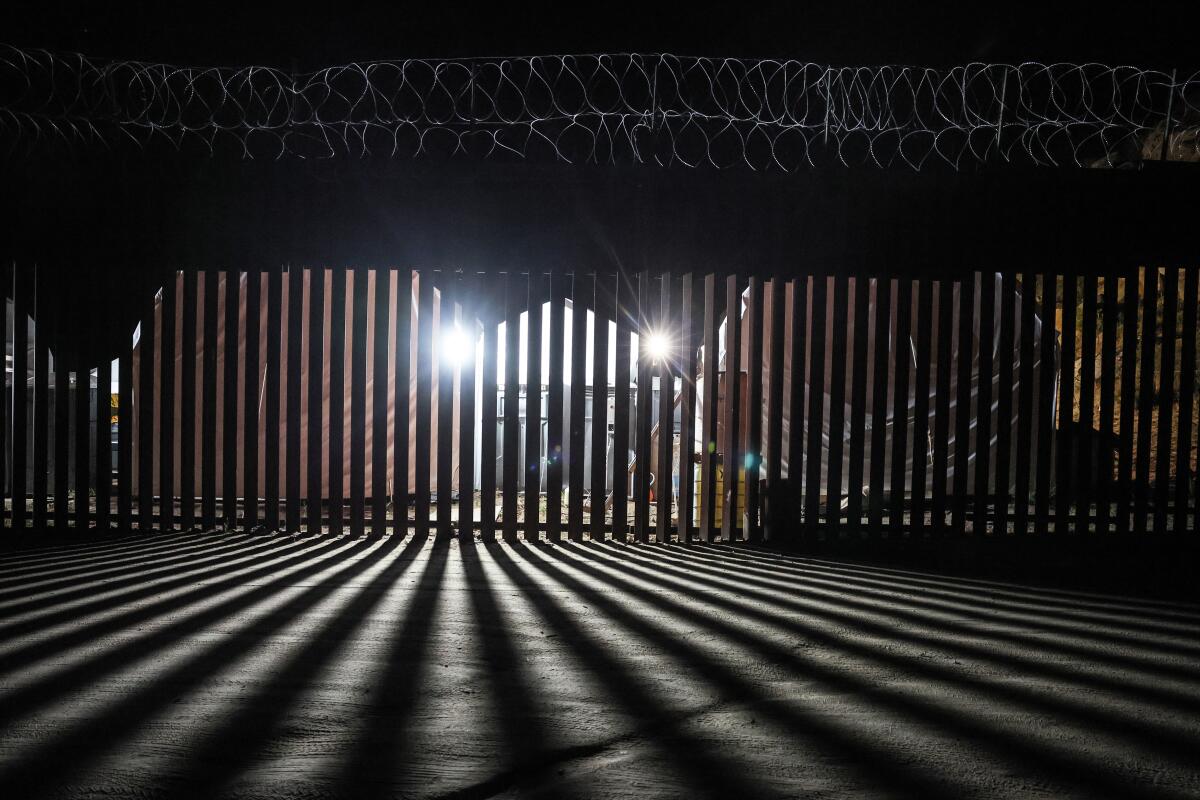
A temporary military outpost abuts the border wall in Mexico to prevent migrants from crossing into the United States through a gap in the nearby fence on Tuesday.
(Robert Gauthier/Los Angeles Times)
“I'm an immigrant, but it's also something that's getting out of control,” she said. “I understand the president's decision.”
She was relieved to have arrived before the order went into effect. Still, she felt sorry for those who would arrive too late.

